The Course Of History Was Changed Because Of Military Deceptions
Sun Tzu, one of the most respected and skilled military strategists in history, once wrote, “All warfare is based on deception.” When it comes to military strategy, the number of your force and the size of your weapons is only half of the battle. Having the ability to outthink and out-maneuver your enemy is what truly wins battles and wars, even in the direst of situations. Soldiers and commanders have been trying to do this to one another since man first took up arms against another, and these are some of the most impressive of those military deceptions in history.
The Trojan Horse is the Original

No military deception is more legendary than the Trojan Horse, an action described in Greek mythology and literature. During the Trojan War, Greek forces — unable to breach the walls of Troy — created a large wooden horse that had been hollowed out to conceal a group of elite soldiers.
The Greeks feigned a retreat, leaving the horse as a supposed offering or trophy to the Trojans. The Trojans took the horse back home, inside their walls, which allowed the Greek soldiers to exit it under the cover of night.
Operation Mincemeat Used a Real Body
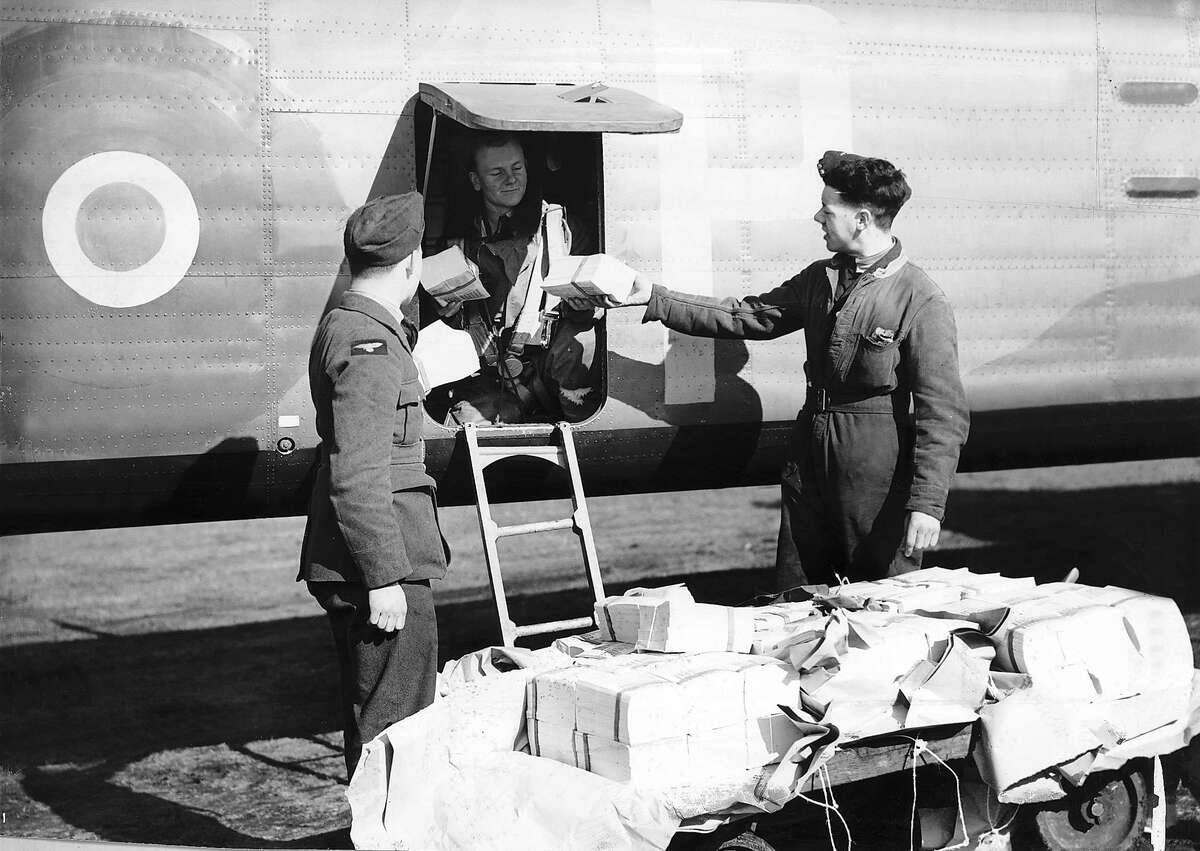
The deceptive Operation Mincemeat was devised to mislead the Germany army during World War II about Allied invasion plans in the Mediterranean. To achieve this, the Allies obtained a corpse, dressed it as a Royal Marine officer, and equipped it with fake documents suggesting an Allied invasion of Greece and Sardinia.
The body was released off the coast of Spain and found by German intelligence. The Germans believed the fake documents and moved their forces to Greece and Sardinia. This allowed the Allies to invade Sicily with relative ease.
Hannibal’s Ambush At Lake Trasimene Has Been Repeated Throughout History

Although the Carthaginian commander is best known for invading Italy by way of the Alps during the Second Punic War, this wasn’t his only act of military genius. In 217 BC, Hannibal set a trap for Roman consul Flaminius at Lake Trasimene.
Knowing that the Roman army was on his heels, Hannibal hid his infantry and cavalry in the forest and lit hundreds of fires to trick the Romans into thinking that was where they were camped. When the legions made an attack on Hannibal’s “camp,” they were met by an ambush on three sides, killing 15,000 Romans, including Flavius.
Operation Greif Strolled Into Enemy Camps
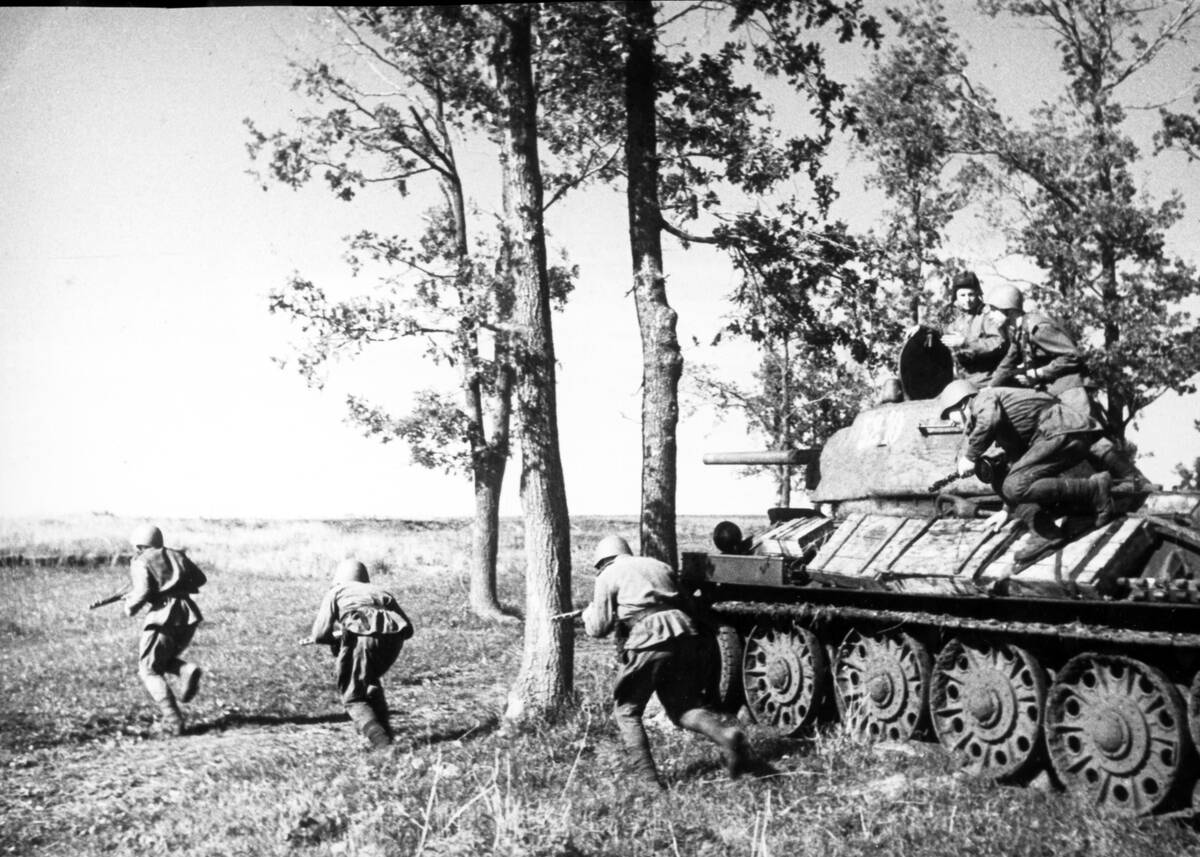
The ambitious Operation Greif saw German commandos wearing captured American uniforms and using captured Allied equipment to infiltrate Allied lines during the Battle of the Bulge.
The goal of the operation was to cause confusion and sabotage key infrastructure. It certainly had the effect of creating paranoia among Allied forces, with troops searching for disguised Germans in their midst.
Alexander The Great’s Crossing Of The Hydaspes Proves That Patience Is Key
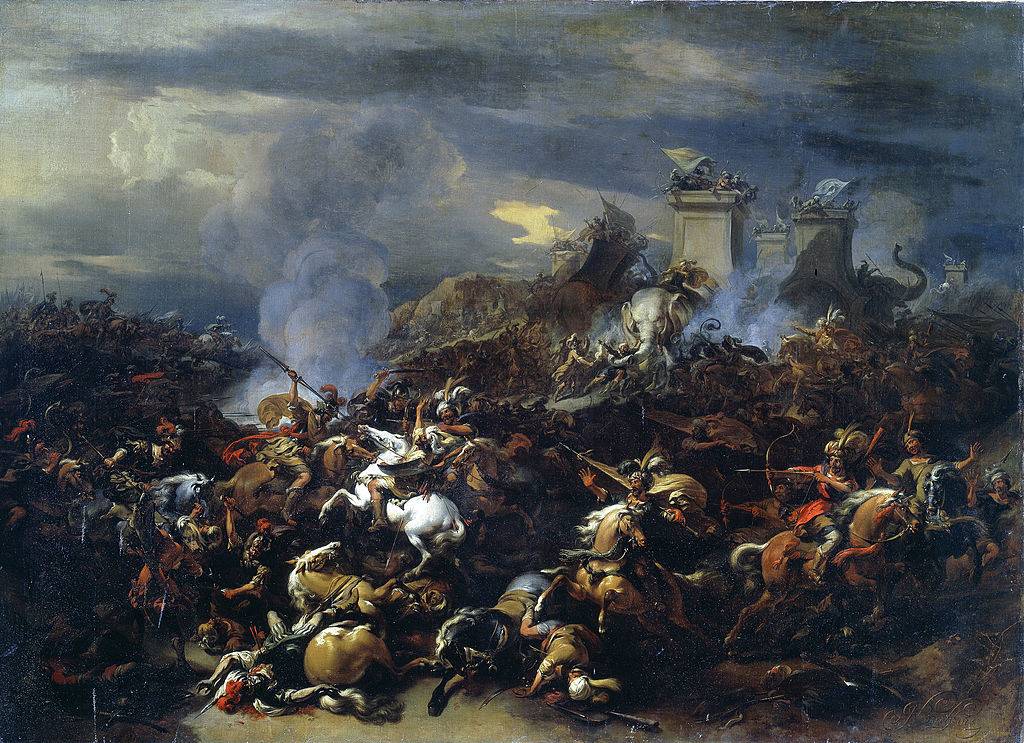
While invading present-day Turkey in 326 BC, Alexander The Great found himself blocked by the Hydaspes River. Not only that, but the army of King Porus which consisted of 34,000 soldiers and 200 war elephants waited for him on the other side, ready to attack at any sign of movement.
Alexander then spread rumors that he didn’t intend to cross until after the monsoon season and repeatedly sent his armies marching up and down the river as well as loading and unloading ships to confuse King Porus. When Porus finally no longer felt threatened, Alexander crossed with half of his army 20 miles upstream and decimated Porus’ army, taking the king prisoner.
The Capturing Of The Tabor Bridge Was A Lesson To Never Trust Your Enemies
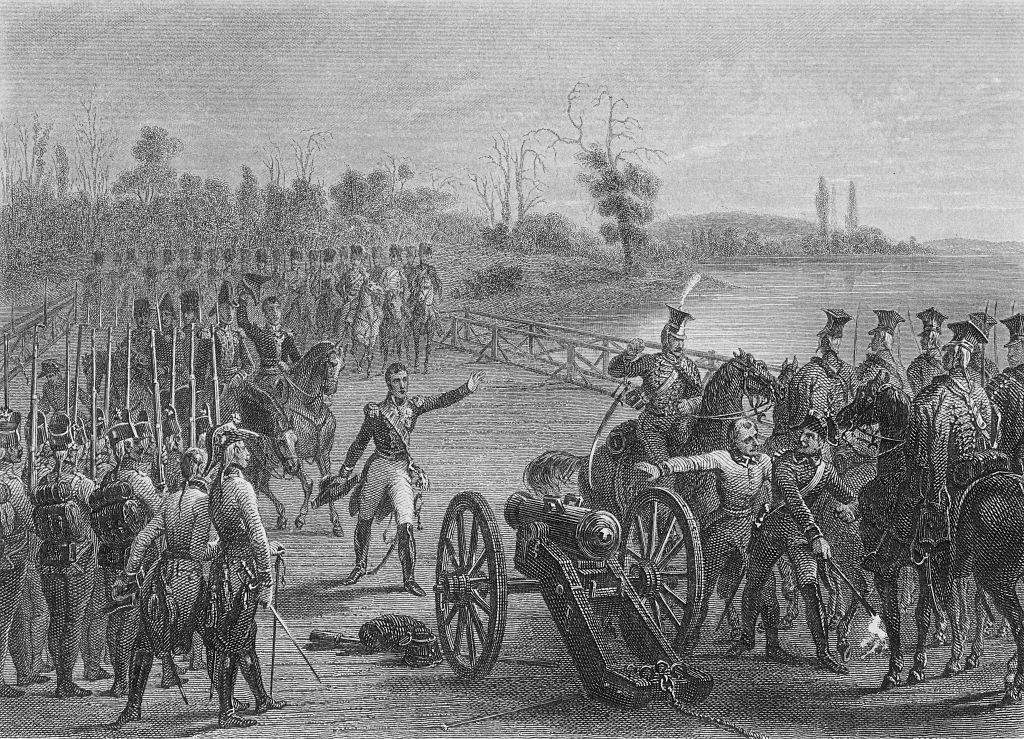
In 1805, during the Napoleonic Wars, Marshal Jean Lannes and Joachim Murat’s French forces were in pursuit of the retreating Austrian army. They were then stopped by the Tabor Bridge, which was fit with explosives.
Rather than ruining the bridge, Lannes and Murat put on their uniforms, crossed the bridge, and lied to the Austrians, claiming that an armistice had finally been signed and that the war was over and the French had won. Incredibly, the Austrian forces believed them and the French took the bridge without firing a single shot.
World War I Had a Ghost Army
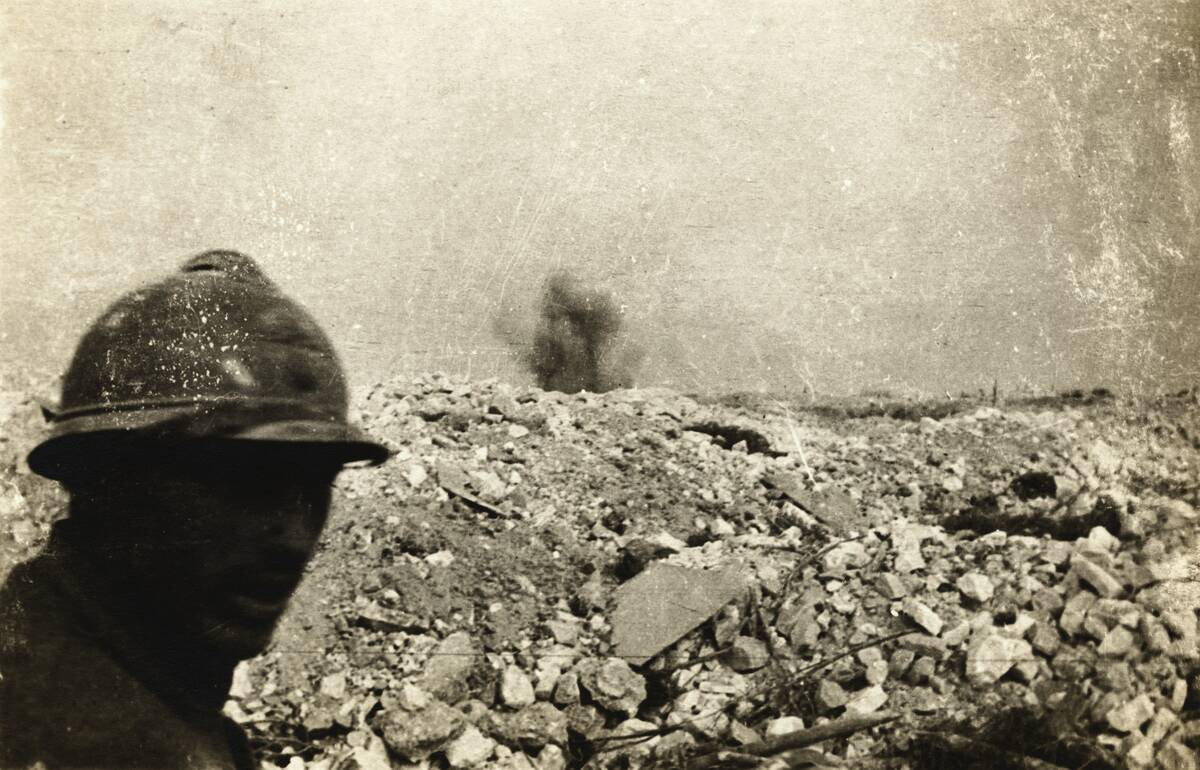
The more famous “Ghost Army” deceptions would take place in World War II, but precursor events took place during various conflicts, especially during World War I. With trench warfare dictating the course of the war, both sides in the conflict would construct fake trenches and artillery positions to deceive the enemy.
In some cases, fake roads, railheads, and even fake camps were created to add to the illusion. While not as advanced as what was seen during World War II, this deception created a template for what was seen later.
A Lie Resulted In The Seige Of Fort Detroit

During the War of 1812, British General Isaac Brock and Shawnee Chief Tecumseh succeeded in capturing Fort Detroit, held by American General William Hull without any resistance. The capture began in August 1812 when Brock was ordered to besiege the fort with an inferior force of 300 regular, 400 Canadian militiamen, and 600 Indians.
Knowing that Hull feared the Indian warriors, Brock wrote a fake letter to Hull claiming that he had more than 5,000 at his disposal and that he would not be able to stop their killing once they started. Brock then had the Indians, under his command, repeatedly march by the fort to exaggerate their number, eventually leading Hull to surrender the fort.
British Q-Ships Tricked German U-Boats
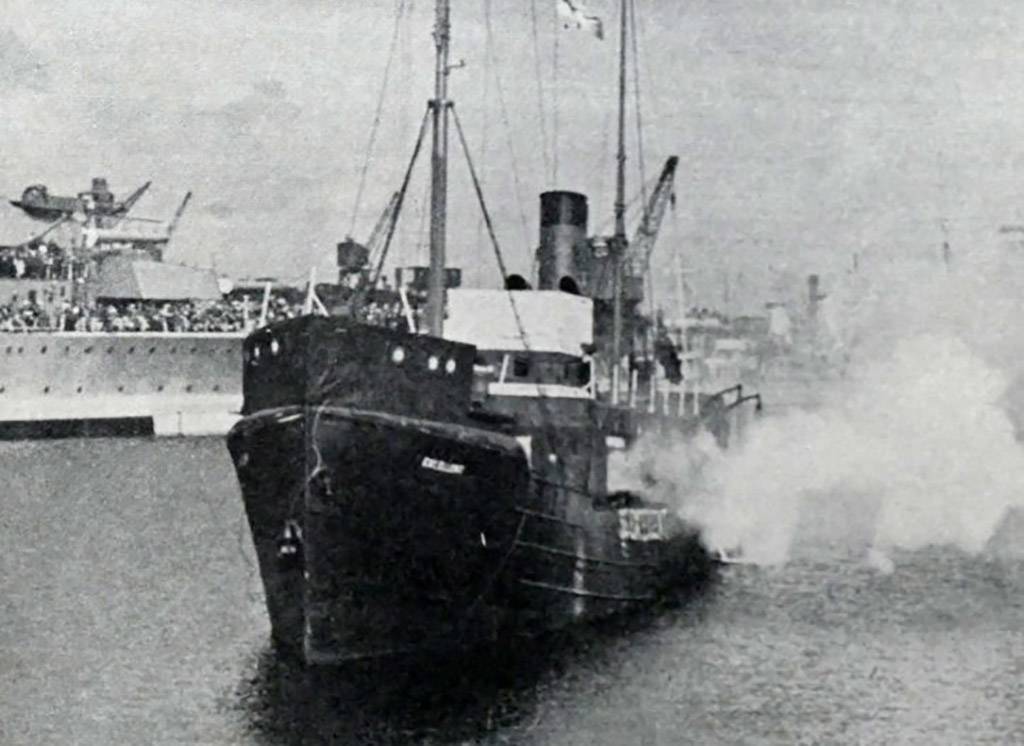
Although most people associate World War I with trench warfare, there was a fair amount of naval activity. To rid the waters of the German U-boats, the British Admiralty created the “Q-Ship” fleet. These were decoy merchant vessels crewed by navy men and equipped with concealed weaponry.
When a German U-Boat would take the bait and surface from the depths, the Q-Ships would open fire on them. Around 200 of these ships were made by the British, which managed to sink more than 15 U-Boats during the war.
Operation Titanic Had Nothing to Do with the Ship

One of many deceptive tactics utilized by the Allies during D-Day was Operation Titanic, an effort to confuse German forces about the real locations of airborne landings. The Allies created dummy paratroopers out of inflatable rubber and wood, dropping them by aircraft in multiple locations in Normandy.
This act was supplemented with fake radio transmissions and sound effects simulating troop movements and gunfire to create the impression of large airborne assaults in multiple locations.
Magruder’s Defenses At Yorktown Used Fake Cannons
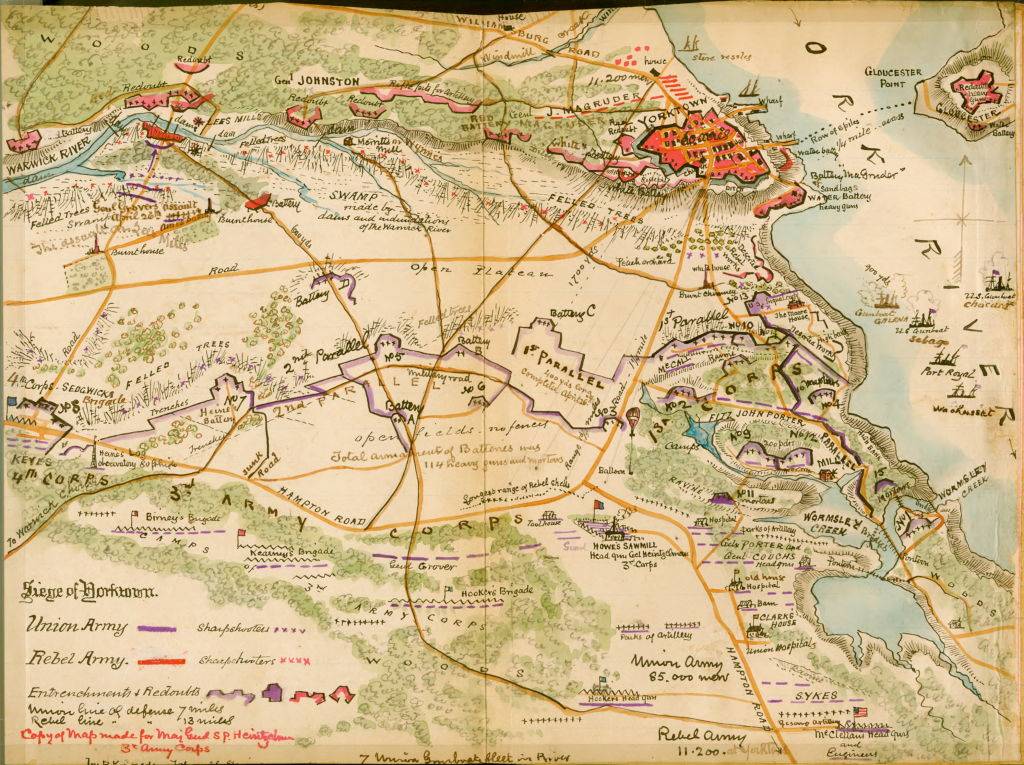
During the American Civil War, the Confederacy was desperately outnumbered by the Union and used unusual tactics to make up for it. One such instance was when Union General George McClellan launched an amphibious assault of Virginia near Yorktown in 1862. Stalling the Union advance was charged to Confederate General John Magruder.
Outnumbered by almost 40,000 men, Magruder spread out his men on the defenses to make it appear they had far more and built fake cannons out of logs to scare the Union. The plan worked, and the Union attack was delayed by weeks.
The D-Day Landing At Normandy Is Considered One Of The Greatest Deceptions In History
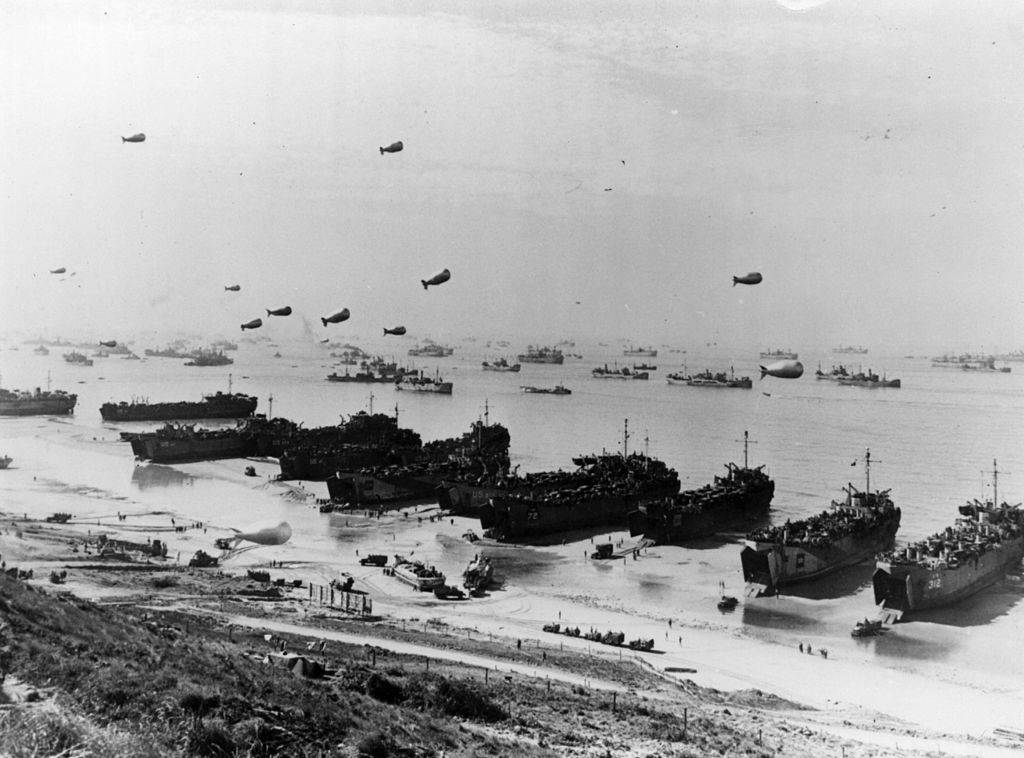
Before the invasion of Europe by Allie forces, Adolf Hitler knew that the invasion was coming, although he didn’t know where. Before the attack, the British fed the Germans false information about where they would land through several double agents.
One of the messengers even convinced Hitler that the Allies would land 100 miles away from Normandy, with the Allies setting up decoy tanks and trucks in the area. So, when the Allies did arrive in Normandy, it took the Germans by surprise and resulted in one of the most successful military deceptions of the 20th century.
The Battle Of Kalja River Was Nothing More Than A Trap By Ghengis Khan
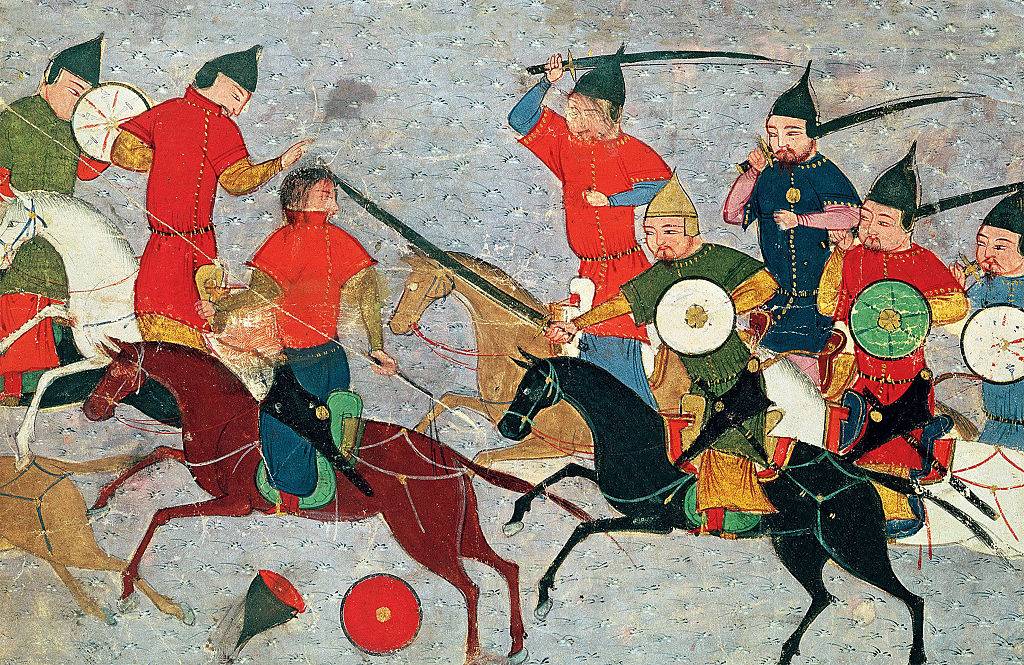
In the 13th century, Genghis Khan’s mounted raiders had been terrorizing the Russians for years. In 1223 AD, a Mongrol raid led to the death of one of the Russian kings. In response, the Russians assembled an army of 80,000 and took pursuit of the 1,0000 raiders. However, little did they know they were falling into a trap set by Genghis Khan.
Khan had kept his army of 20,000 hidden near a narrow pass, and when the Russians felt that victory was at hand, the Mongols swarmed them. It’s estimated that almost the entire Russian army was slaughtered.
Thomas “Stonewall” Jackson’s Valley Campaign Was Incredibly Bold
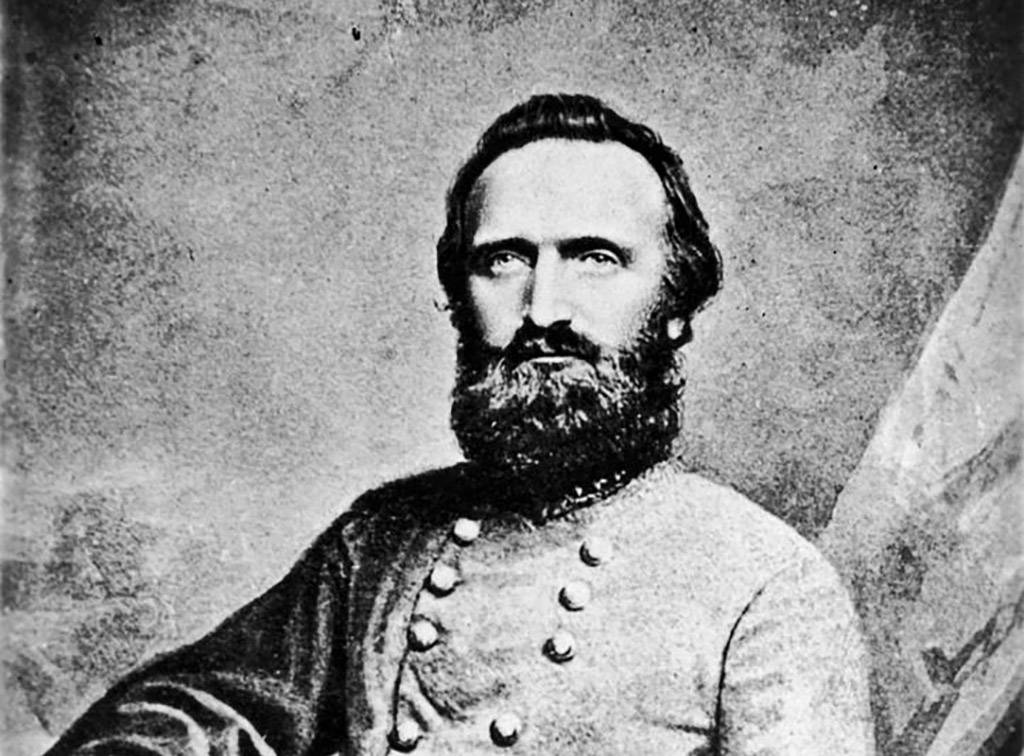
During the American Civil War, Confederate general Thomas “Stonewall” Jackson commanded a force of 16,000 troops compared to the Union’s 52,000 that was nearing his position. Caught between both halves of the Union Army, Jackson knew that he would be crushed if he didn’t do something, so he deceived the Union.
He spread rumors that he had more than 100,000 men and fought the army on one side of the valley before moving across to the other and back again, leading the Union to think they were fighting a massive force instead of one small one. This resulted in Lincoln ordering a full-scale retreat from the area.
The Crossing Of The Red Sea May Have Been An Act Of Brilliance
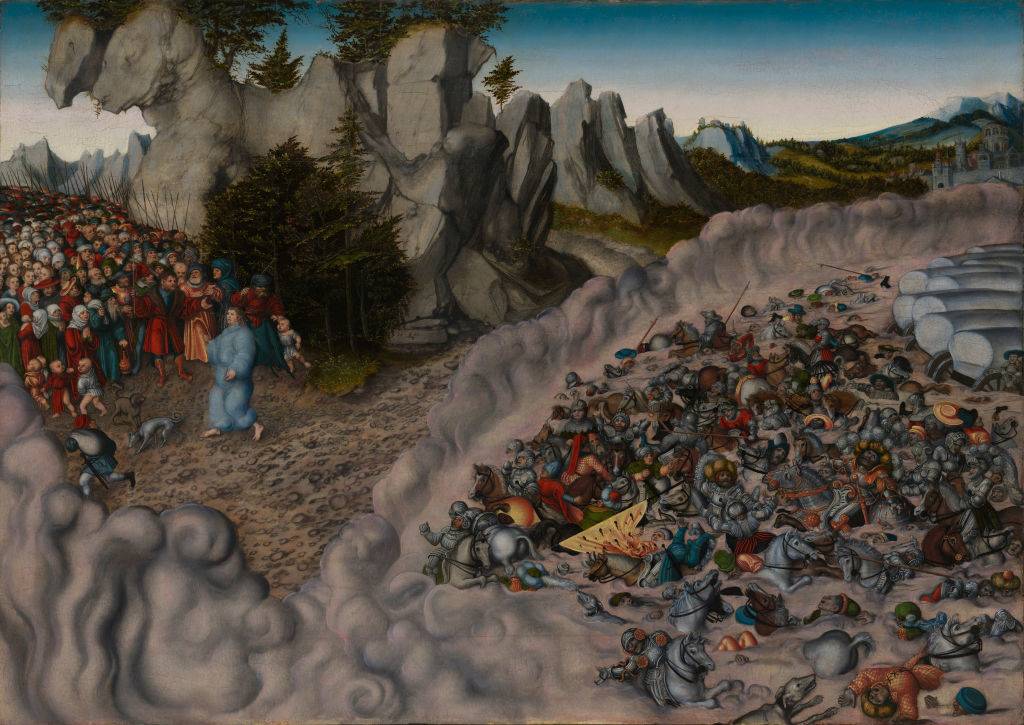
According to the Old Testament, Moses “stretched out his hand over the sea, and the Lord drove the sea back by a strong east wind all night and made the sea dry land, and the waters were divided.” Although this is perceived by many to be the work of God, this may not be the case.
The sea described in the Bible may have been a tidal swamp that flooded during the day and dried at night. So, if the Hebrews waited until night to cross, it would leave the Egyptians stranded on the other side, as their chariots could not cross.
Julius Caesar Doubled Up His Fortifications

During the Siege of Alesia in 52 BC, Julius Caesar created two sets of fortifications: One encircling the besieged Gauls and another facing outward against relieving Gallic forces. He also used fake signals and surprise attacks to confuse the enemy.
It was an ingenious dual-layered defensive strategy that bought him time until reinforcements arrived, which resulted in a decisive Roman victory.
Iwo Jima Was No Ordinary Island
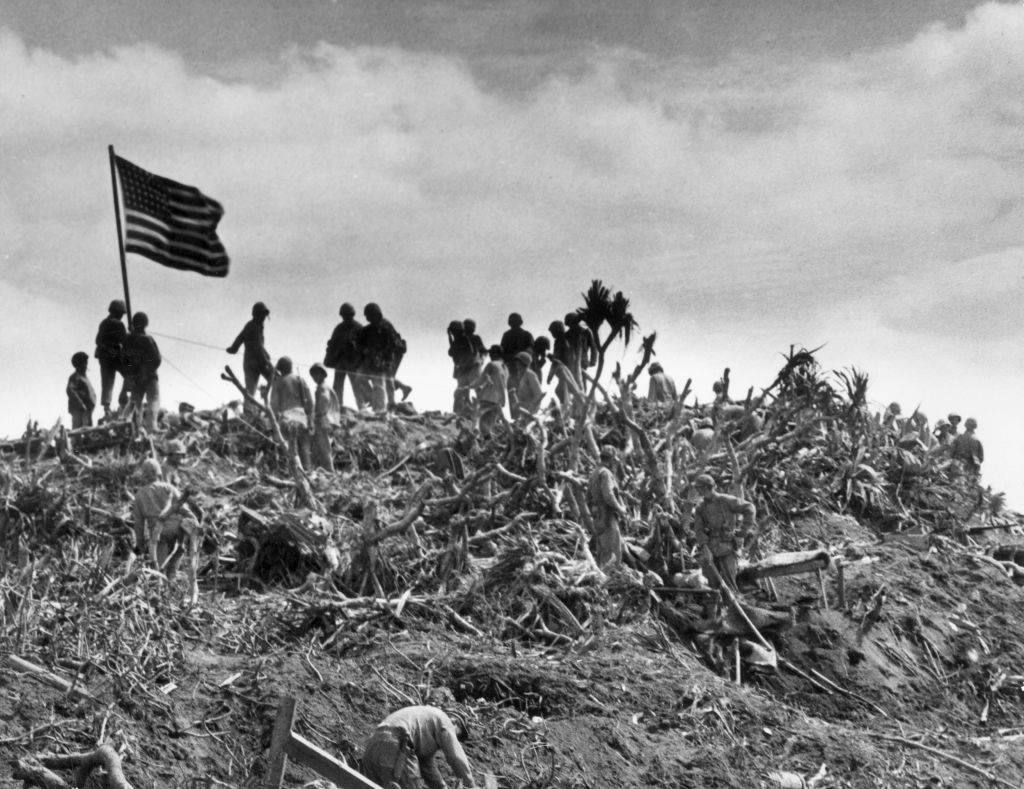
During World War II, to reach the Japanese mainland, Allied forces captured every island they could along the way. Typically, these were bloody battles with the islands swarming with Japanese soldiers, booby traps, and tunnels.
However, when it came to attacking the small island of Iwo Jima, the United States greatly underestimated the assault. Assuming the island wouldn’t be difficult to capture, it turned out to more heavily armed and guarded than they could have ever imagined, resulting in a horrendous battle. Although the island was captured, Iwo Jima is one of the major reasons Truman launched the nuclear attacks.
The Cunning Of The Viet-Cong Gave The U.S. A Very Hard Time
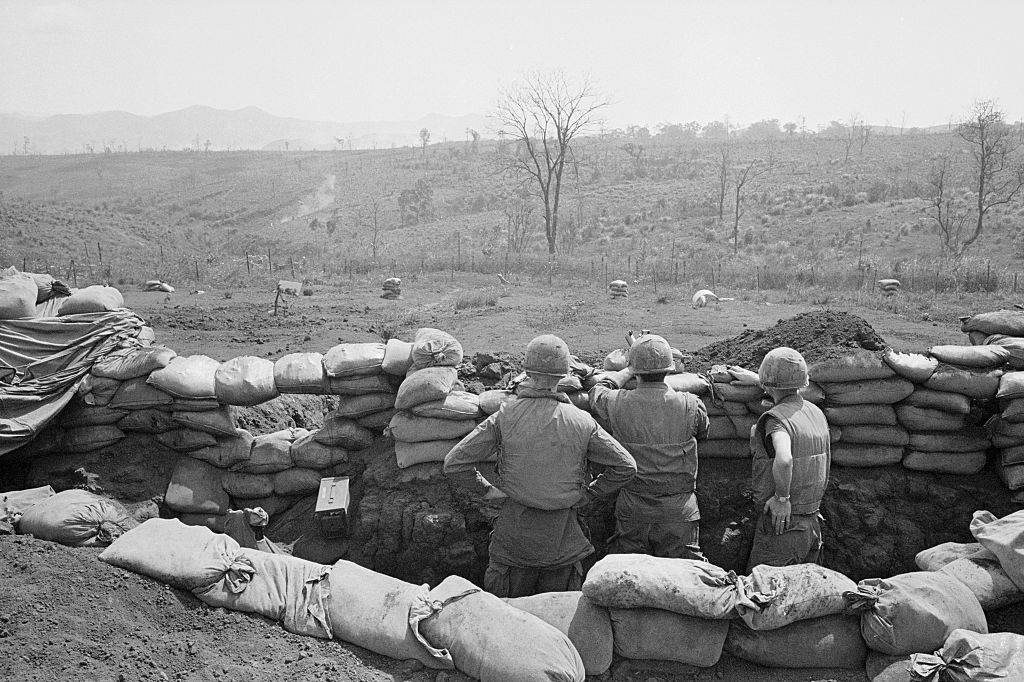
During the Vietnam War, the North Vietnamese were known for being incredibly secretive and deceptive. To learn information and pass false information, the Viet-Cong were known to set up “American friendly” bars, restaurants, and more to get as close to the enemy as possible, with the Americans unable to distinguish friend from foe.
Here, the Viet-Cong would listen to what the Americans were talking about, as well as spread false rumors about Viet-Cong movements and strategies. This resulted in countless ambushes and U.S. forces chasing fake armies.
William the Conquerer Faked a Retreat
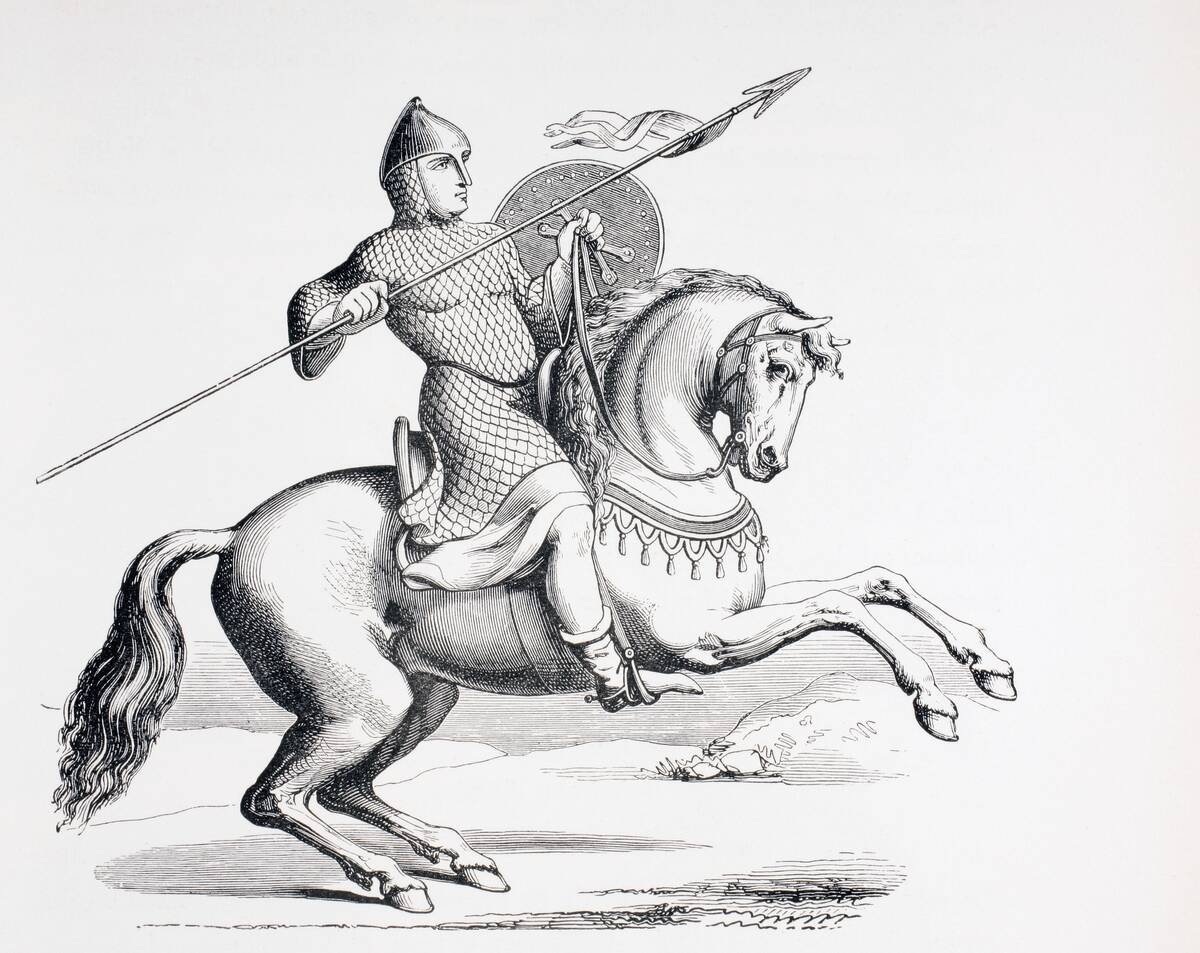
During the Battle of Hastings, William the Conquerer commanded his forces to repeatedly use a feigned retreat to lure English troops out of their defensive positions. His cavalry would pretend to flee, which enticed Anglo-Saxon forces to break their formation and pursue.
Once drawn into open ground, English troops were attacked by William’s Norman forces. This not only thinned out enemy numbers, it also broke the English shield wall.
Maskirovka Was Used Successfully In The Battle Of Stalingrad
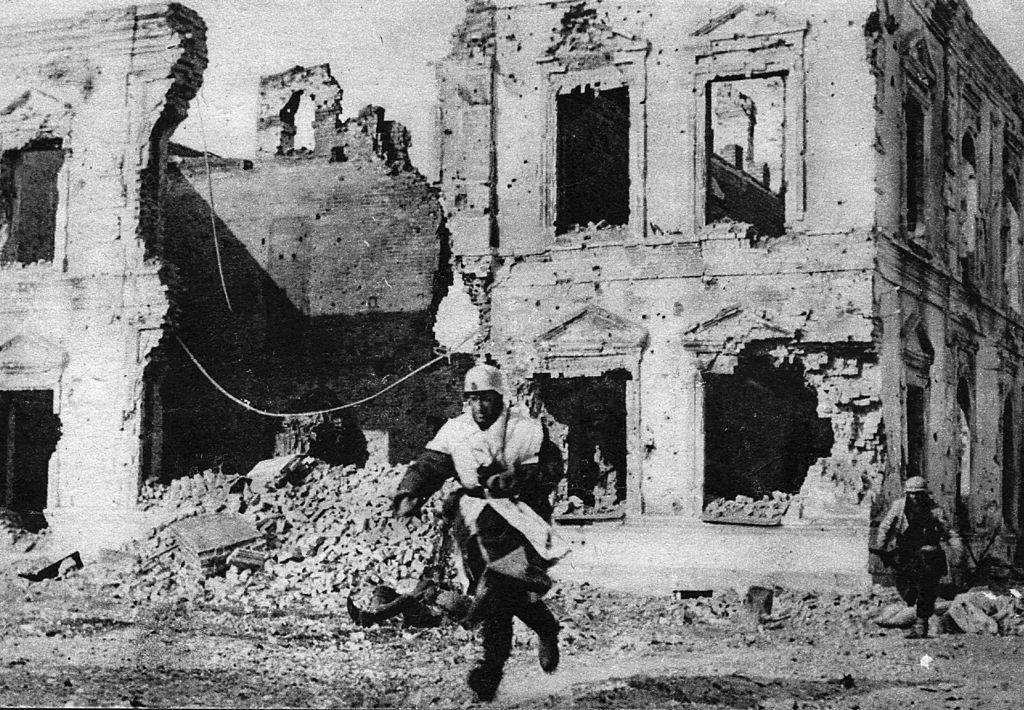
For centuries, the Russians have been known for their military deception skills, even having a system for it called “maskirovka,” which are a set of techniques to fool the enemy, which was heavily used in the Battle of Stalingrad. Stalin would send out fake radio messages, have fake trenches dug, and have men sent out on suicide missions to trick the Germans.
Once Hitler was convinced Stalingrad was basically his, he sent in his main force to take the city. However, the Russians were waiting and ambushed the Germans, starting the single most decisive battle of World War II and ending Hitler’s ambitions to control the Eastern Front.
A Modern Version Of The Trojan Horse
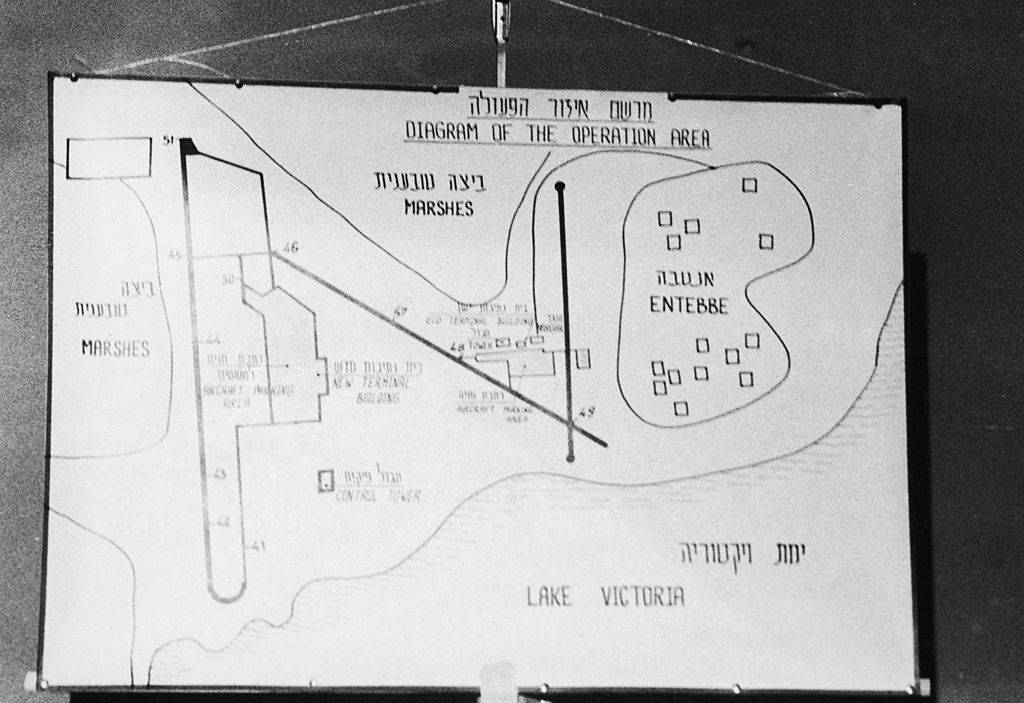
On July 4, 1976, pro-Palestinian hijackers held 106 civilian hostages from the Jewish state at an airport in their friendly country of Uganda. However, IDF commandos managed to infiltrate the airport by arriving in vehicles that were painted to look like the motorcade of the African dictator Idi Amin.
As the cars approached the terminal, Israeli paratroopers revealed themselves and attacked the building freeing the captives and taking out the terrorists. Within moments, both the captives and rescuers were placed on C-130s and flown to safety. This is known as the Entebbe Raid.
False Flag Operations Fuelled the Russo-Japanese War
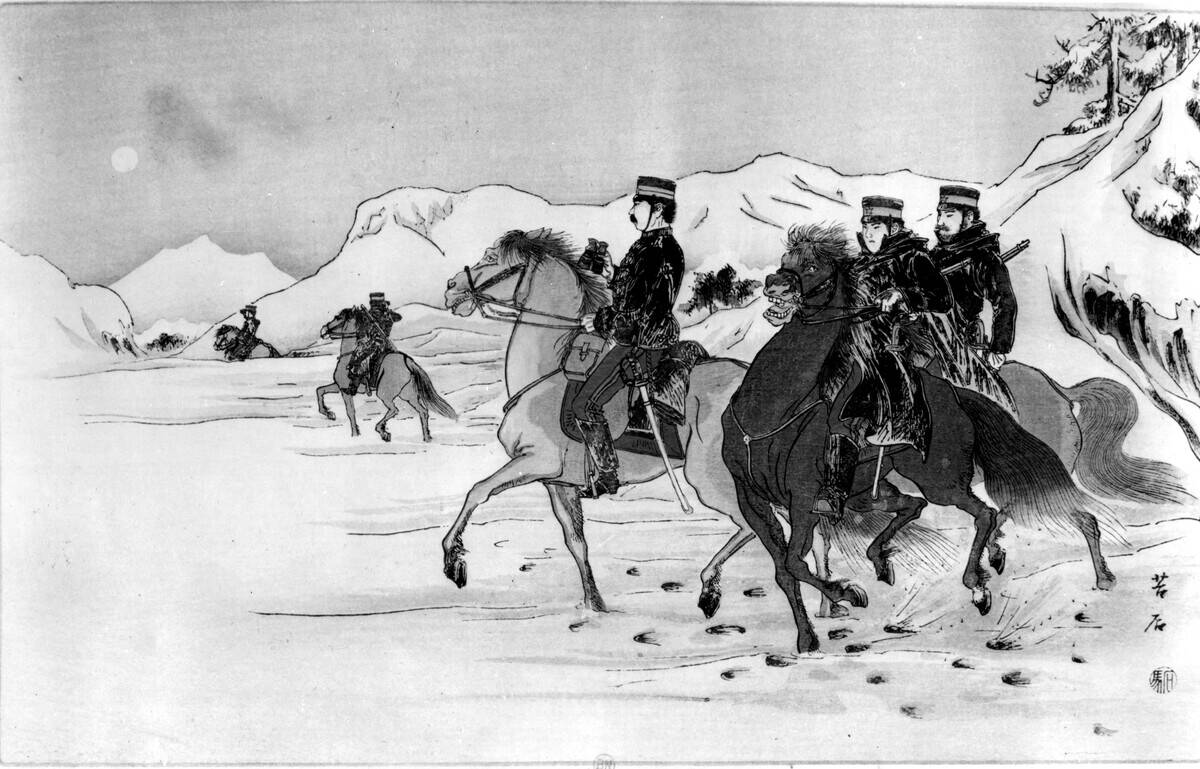
As tensions rose on both sides in the years before the war between Russia and Japan in the early 20th century, both sides staged false flag tactics to justify their military actions.
While Russia engaged in these operations, Japan took it to another level by staging sabotage events to make it appear as if Russia would soon be invading, which in turn helped to galvanize popular support for the war that would follow.
Harald Hardrada Faked His Death To Get Access To A Castle
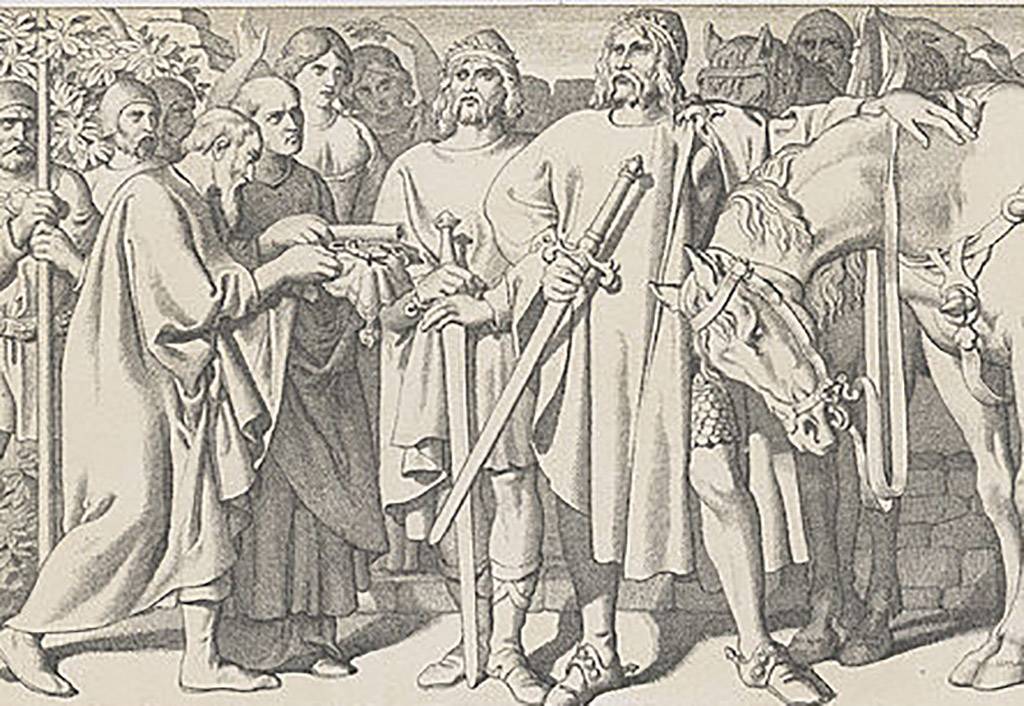
The famous Viking warrior Harald Hardrada was a leader of the Byzantine Emperor’s guard known as the Varangian Guard. Ordered to subdue a Balkan lord, Harald did as he was told but couldn’t manage to break into the castle.
He then ordered his troops to inform the lord that he had fallen ill and died, wishing to be buried within the walls in return for riches. Harald was then placed in a casket and taken inside of the city walls. Once inside, he rose from the casket, and he and his men opened the gates for the rest of their forces.
P.G.T. Beauregard Misled The Union With Trains
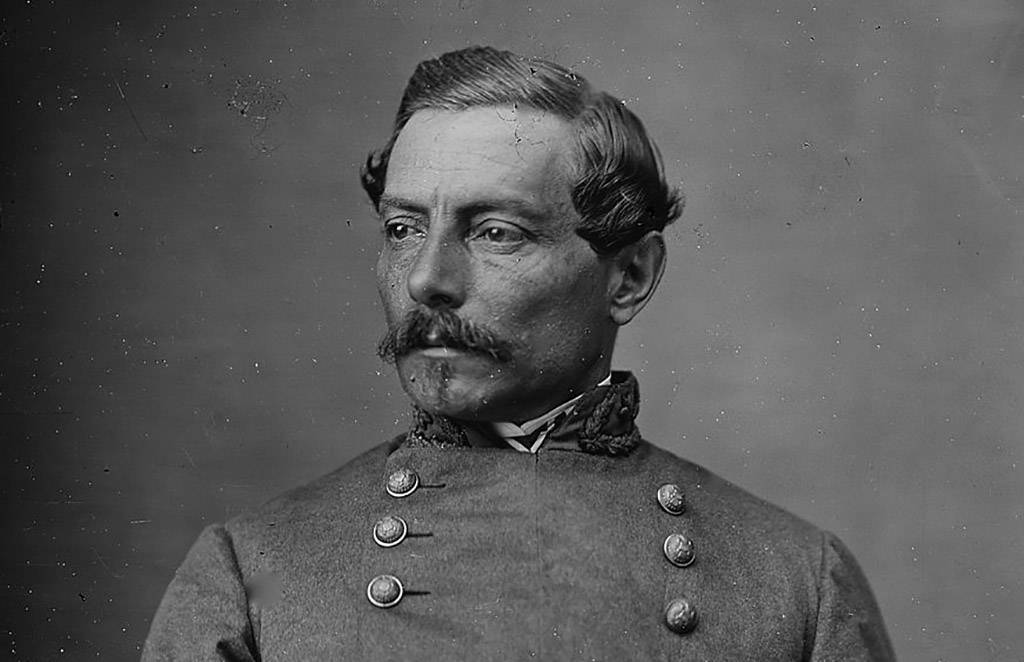
During the American Civil War, Confederate general P.G.T. Beauregard was outnumbered two to one by the Union and was anticipating a major assault the next morning. To strike fear into the enemy, Beauregard ordered for one train to be rolled in and out of the town of Corinth, Mississippi to make it appear as if they were receiving a steady supply of soldiers throughout the night.
To add to the act, each time the train arrived, he had his soldiers cheer to make it seem like they were ready for a fight. Meanwhile, Beauregard and his troops slowly evacuated the town, their noises masked by the sound of the train.
Balloons Helped Obscure Reality
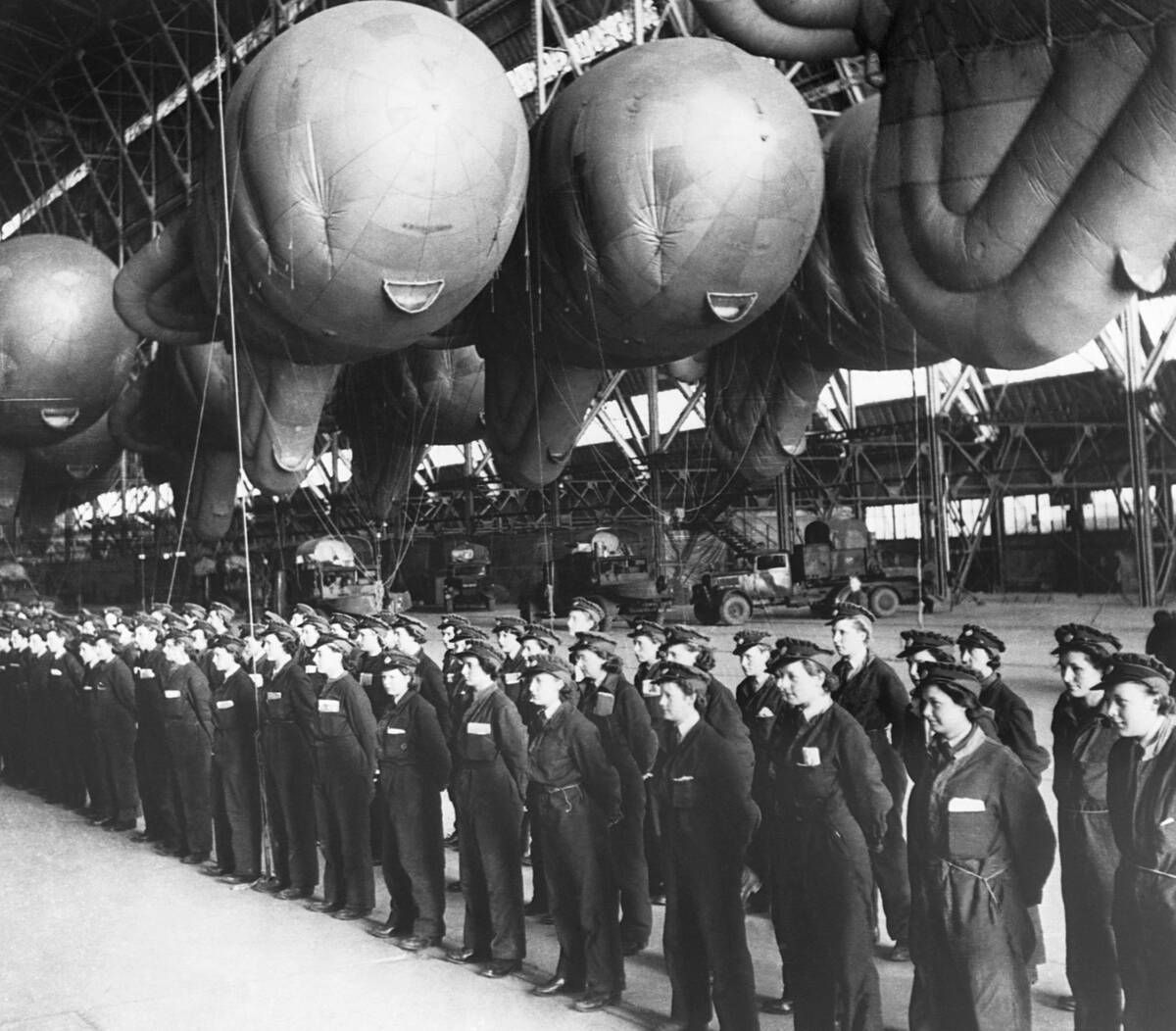
Barrage balloons were used heavily during World War II, usually as a defense mechanism against low-flying enemy aircraft. But in the lead-up to the D-Day invasion, the Allies used these balloons for a deceptive purpose.
They deployed a huge number of balloons along the southern coast of England to make the Allied military buildup there appear even larger and more heavily defended than it was. The large, bulky balloons also helped to obscure troop movements and installations from German reconnaissance flights.
Fake Tanks Dotted The Battlefield In World War II

During World War II, both the Allies and Germans ordered the construction of fake tanks made of aircraft wood and canvas. In the North African campaign, the British build three whole non-existent armored regiments that could be moved around the battlefield quickly to trick the enemy into thinking they knew the right position.
In particular, the United States specialized in rubber tanks that looked extremely convincing from a distance to help deter the enemy from coming any closer.
Operation Fortitude Spread the Germans Thin
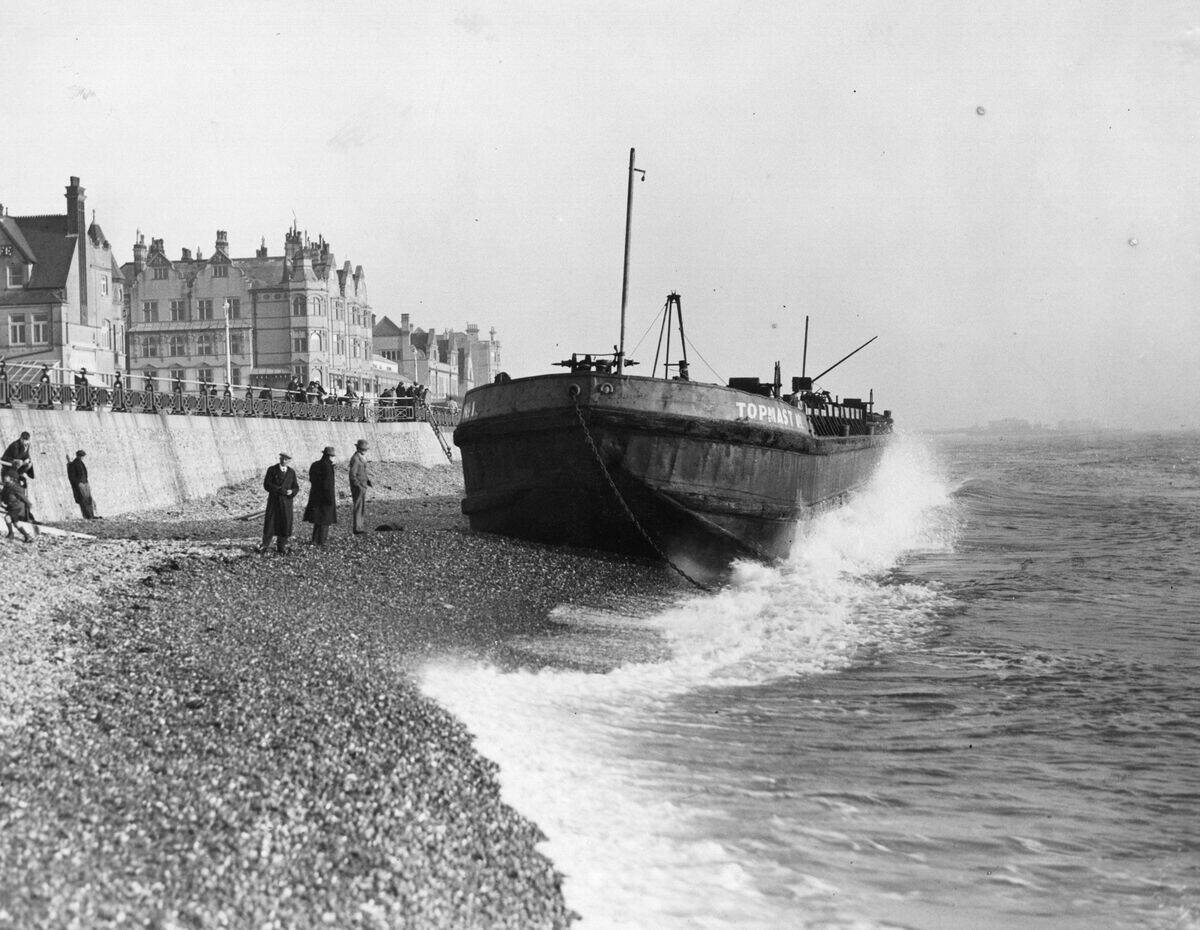
Operation Fortitude played a complementary role to the larger Operation Bodyguard and was predicated around convincing German high command that the Allies would invade either Norway (known as Fortitude North) or France’s Pas de Calais region (known as Fortitude South).
The Allies went all-in on their deception, creating a fictitious army group, the First U.S. Army Group (FUSAG), which was supposedly commanded by ace General George Patton.
The “Last Invasion Of Britain” Wasn’t An Invasion At All

In 1797, there was an instance known as the “Last Invasion of Britain,” The French Revolutionary forces successfully crossed the North Sea to attack Britain, a few miles west of Fishguard. Although the French were prepared, they sent out a single French ship flying British colors into the bay.
When the ship was spotted, the British fired a blank cannon. This scared the French into thinking the British were heavily armed, unaware that it was a blank round and they were severely low on ammunition. This was enough for the French to pack their gear and sail back.
Sultan Baybar Took A Castle Using One Sheet Of Paper
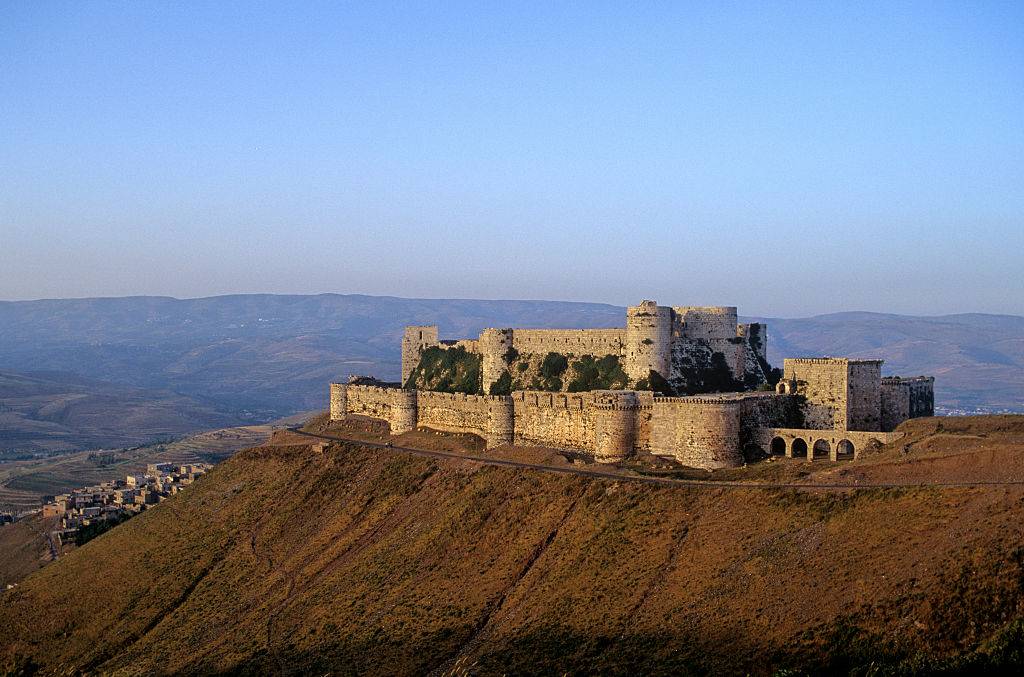
During the Crusades, Sultan Baybar and his army were camped outside of the castle of Krak des Chevaliers, a strong and fortified castle held by the hospitallers. To avoid the certain blood that would be shed during a siege, Sultan Baybars came up with a plan using just one sheet of paper.
The Sultan had a fake letter drafted that had the hospitaller’s leader’s signature forged at the bottom, ordering the castle to surrender. When the hospitallers sent out a party to discuss the terms of surrender, the castle was swiftly taken by Baybar’s army.
William The Conqueror’s “Retreat” Changed England Forever
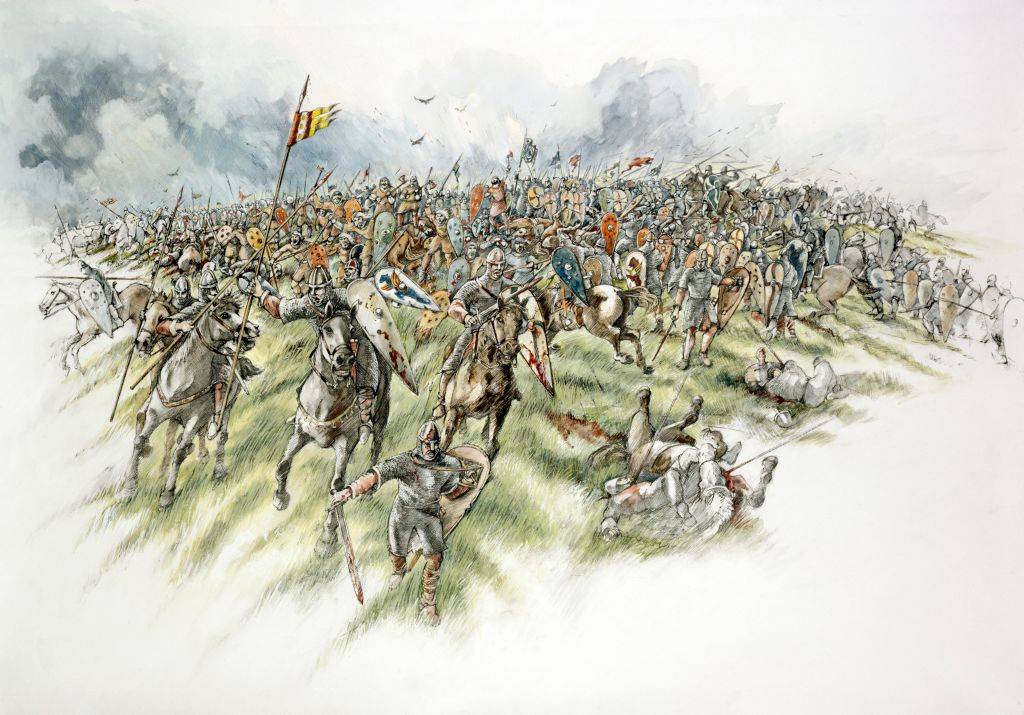
At the Battle of Hastings during the Norman Conquest of England in 1066, the British shield wall was holding the line against a relentless attack by William the Conqueror’s cavalry. But then, out of nowhere, the cavalry retreated, and foolishly, the English infantry chased after them.
With the English lines broken, the cavalry was able to regain its footing and ride back into the scattered footsoldiers, riding right through them, destroying the British force. This decisive battle tactic and its success signaled the end of the Anglo-Saxon rule in England.



